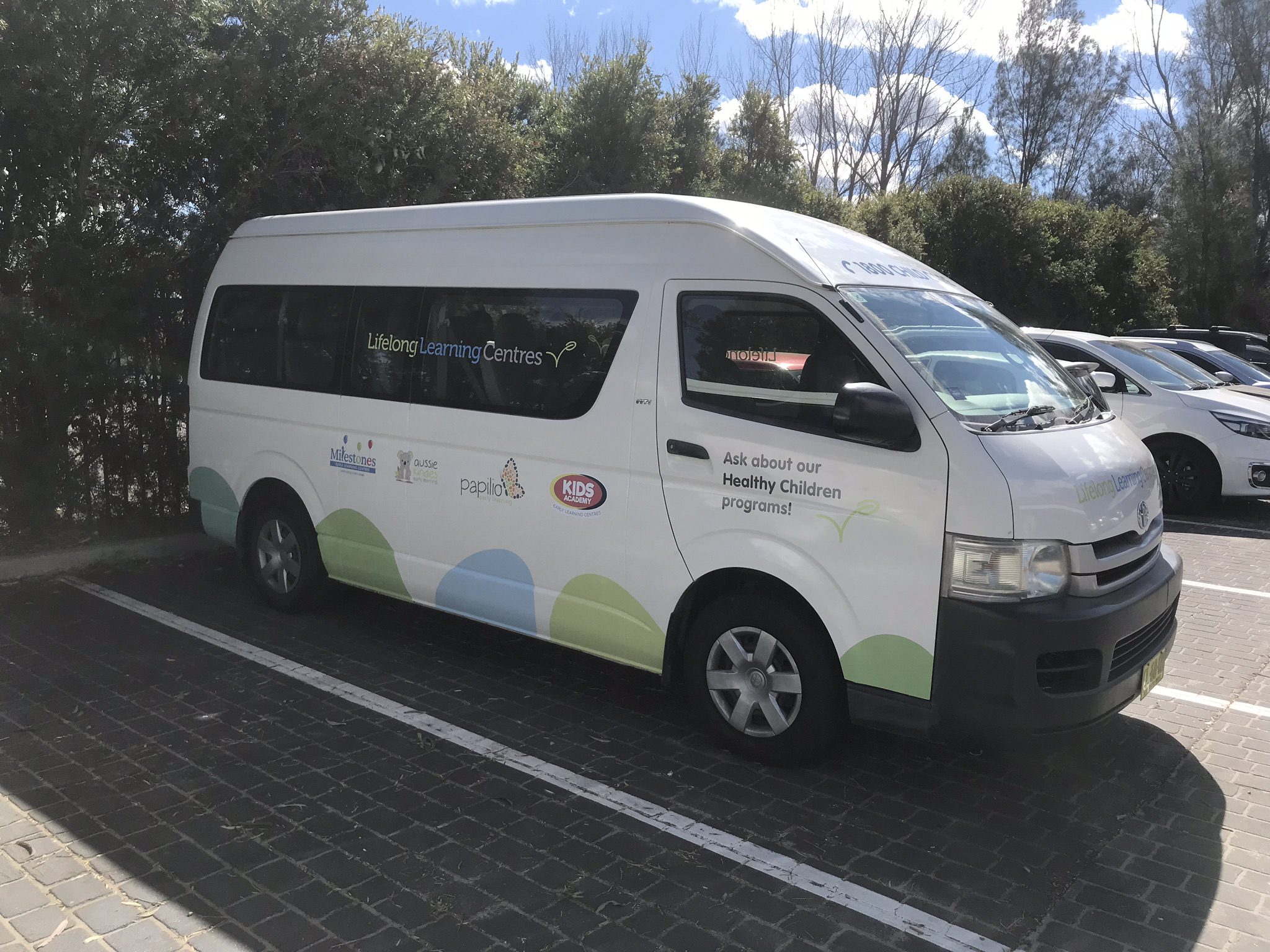5 Common Fleet Wrap Mistakes (and How We Avoid Them)
A fleet wrap is one of the most cost-effective ways to advertise your business 24/7. Whether you’re driving through Gosford, parked at a job in Wyong, or heading up the M1, your vehicle becomes a mobile billboard — but only if the wrap is done right. Unfortunately, many businesses fall into common traps that hurt the effectiveness and durability of their fleet branding.
At Bespoke Signs and Wraps, we specialise in delivering professional fleet wrap solutions across the Central Coast. Here are five common fleet wrap mistakes we often see — and how we make sure our clients avoid them.
1. Poor Wrap Design Placement
The biggest wrap design mistake? Forgetting the vehicle is three-dimensional. Too often, businesses send in a nice-looking logo and expect it to work perfectly on a van or ute. But if key details like your phone number or website are stretched over door handles, buried under windows, or cut off by curves, you’re losing valuable visibility.
How we avoid it: We design around your vehicle’s unique shape, making sure key info is front and centre — whether someone sees your car from the side at traffic lights or from behind in a parking lot. Every wrap design is tailored with function and style in mind.
2. Using Cheap or Inappropriate Materials
A fleet wrap should last years — not months. But when low-quality vinyl or unlaminated prints are used, you’ll quickly notice peeling edges, fading graphics, or bubbles under the surface. That cheap option can cost you more long-term in reprints and damage to your brand image.
How we avoid it: We only use premium, vehicle-grade vinyl from trusted brands like Avery Dennison and 3M. Every wrap is laminated for UV protection and weather resistance, ensuring a professional look that lasts through rain, sun, and Central Coast heat.
3. Failing to Consider Branding Consistency
Your fleet should look like a fleet. Inconsistent branding between vehicles — mismatched colours, fonts, or layout styles — can make your business look disorganised or unprofessional.
How we avoid it: We build a consistent wrap design template for all your vehicles. Whether you’re wrapping one van or ten, your fleet will have a cohesive look that reinforces your brand wherever you go.
4. Rushing the Installation
Even the best design and materials can fall short if the wrap isn’t installed correctly. A rushed job can lead to air bubbles, misalignment, or premature lifting — especially around curves, edges, or door seams.
How we avoid it: Our installers are fully trained and take their time to ensure a seamless finish. We prep each surface thoroughly, align every panel with precision, and check the wrap from all angles before the vehicle leaves our shop.
5. Not Thinking Long-Term
Some businesses treat a fleet wrap like a short-term fix, skipping maintenance or failing to factor in future vehicle swaps or brand updates.
How we avoid it: We help clients think ahead — offering removable wrap options, easy update strategies, and guidance on proper cleaning to maximise lifespan. We’re here for the full wrap lifecycle, not just the install.
Make Your Fleet Wrap Count
Your vehicles are out on the road every day — don’t waste the opportunity to make a strong, lasting impression. With the right wrap design, high-quality materials, and expert installation, your fleet becomes a moving asset that drives real business. If you’re ready to avoid costly mistakes and create a standout fleet wrap for your business on the Central Coast, we’d love to help. Contact Bespoke Signs and Wraps today for a tailored solution that makes your brand unmissable.
FAQ
How to remove car vinyl wrap
Car vinyl wraps can be safely removed using a combination of heat and careful peeling. A heat gun or even warm sunlight helps soften the adhesive, allowing the vinyl to lift without tearing or leaving excessive residue. It’s important to work slowly and at the right angle. For best results—especially on older wraps or larger vehicles—professional removal is recommended to avoid damaging the paint underneath.
Is it cheaper to wrap or paint a car?
In most cases, wrapping is cheaper than a high-quality respray. While a full, professional paint job can cost anywhere from $8,000 to $10,000+, a full vinyl wrap often ranges between $3,500 and $6,000, depending on the vehicle size and complexity. Wraps also give you more creative freedom—like textures, matte finishes, or colour shifts—without the long turnaround or permanent commitment of paint.
Do car wraps damage original paint?
No—vinyl wraps do not damage the original paint when applied and removed correctly. In fact, they can help protect your paint from UV rays, minor chips, and general wear. However, if the paint is already damaged, thin, or poorly repaired, there’s a risk that some of it could peel off during removal. This is why it’s important to install wraps over clean, healthy paintwork and to use quality materials and professional installers.
Can you polish car wrap?
Traditional polishing methods are not recommended for vinyl wraps, especially glossy or textured finishes. Polishing can wear down the protective laminate or damage the vinyl. Instead, use wrap-safe cleaning products and microfiber cloths to maintain the finish. There are also special sealants and spray coatings made for vinyl wraps that help protect against UV, grime, and water spots—without damaging the surface.





